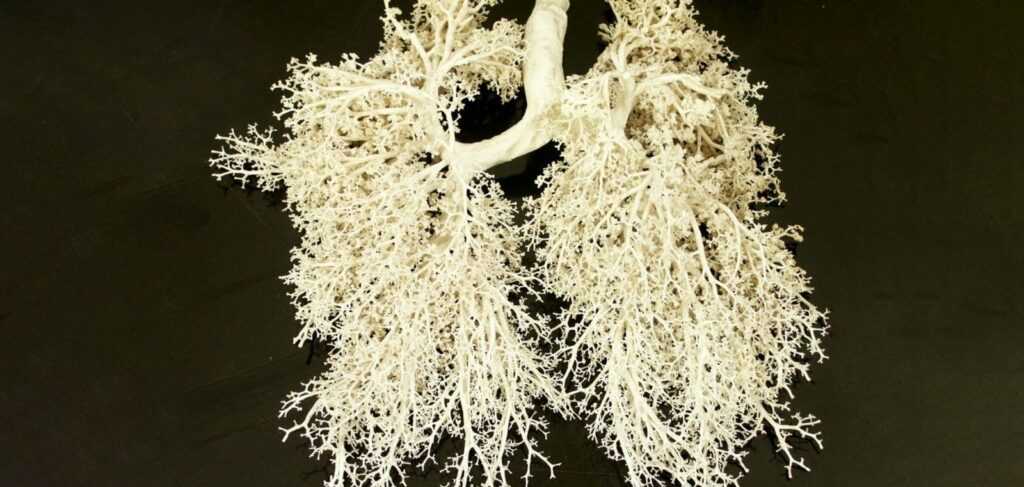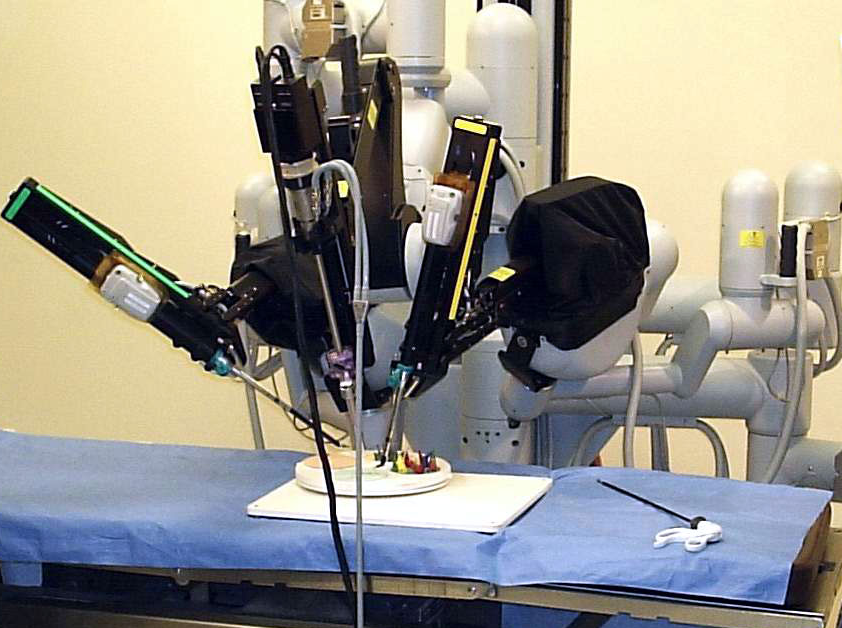

Have you ever experienced painful swelling near your jaw or noticed a decrease in saliva flow?
You might be suffering from salivary stone disease, also known as sialolithiasis.
Left untreated, this condition can lead to recurrent infections and even permanent damage to your salivary glands.
What are Salivary Glands and Their Function?
Small and Large Salivary Glands
The human body contains three pairs of major salivary glands: the parotid, submandibular, and sublingual glands.
These glands are located in and around the mouth, with the parotid glands situated on either side of the face, the submandibular glands below the jaw, and the sublingual glands under the tongue.
In addition to these major glands, there are hundreds of minor salivary glands scattered throughout the oral cavity, including the lips, cheeks, palate, and tongue.
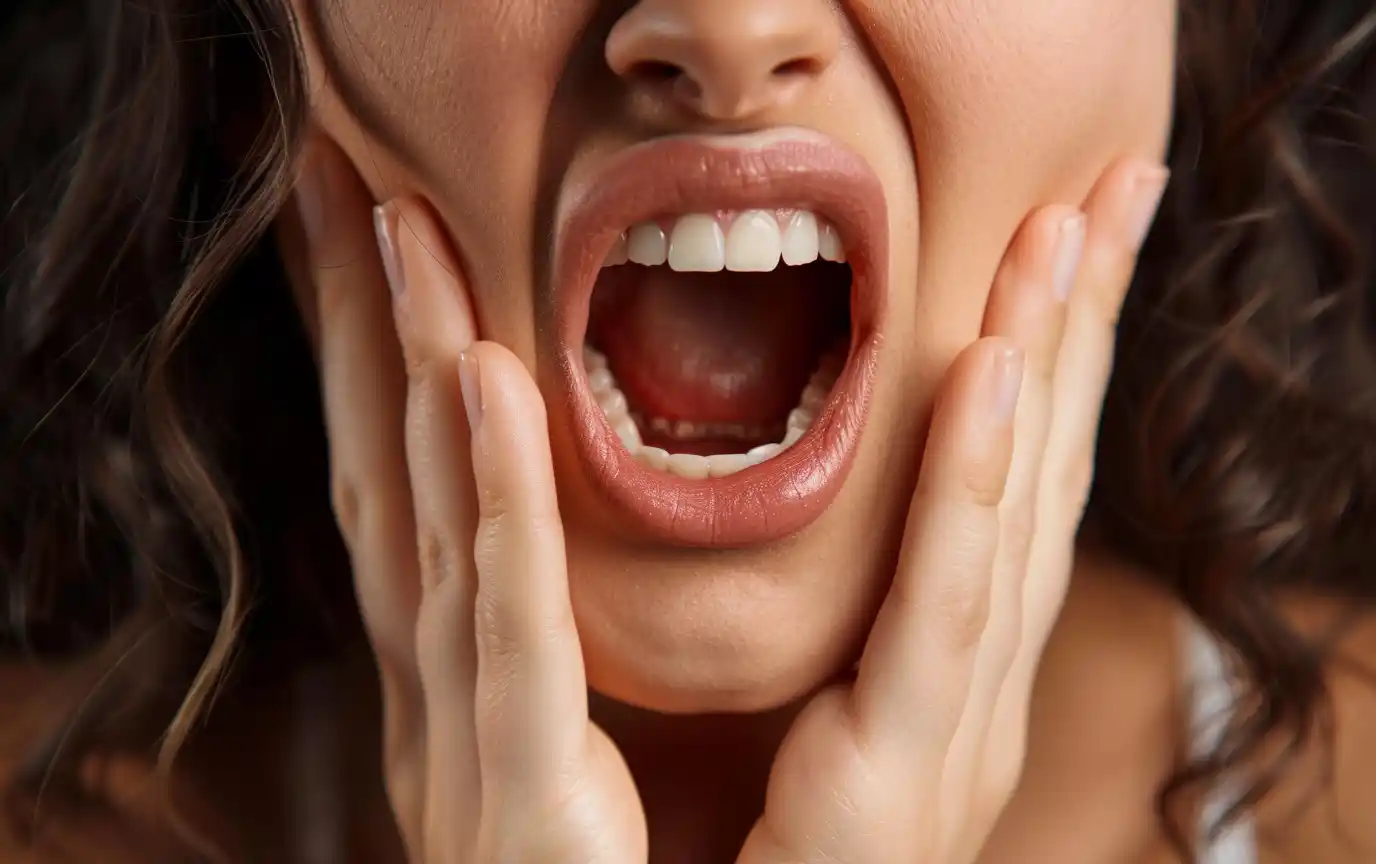
The Role of Salivary Glands in Digestion and Immune Defense
Salivary glands play a crucial role in both digestion and immune defense. They produce saliva, a complex fluid containing water, electrolytes, mucus, antibacterial compounds, and various enzymes such as amylase and lipase.
Saliva helps to moisten and lubricate food, making it easier to chew and swallow.
The enzymes in saliva initiate the digestion of carbohydrates and fats, preparing food for further breakdown in the stomach and intestines.
Additionally, saliva helps to maintain oral hygiene by washing away food particles and bacteria, neutralizing acids, and remineralizing tooth enamel.
The antibacterial properties of saliva, including immunoglobulins and lysozyme, help to protect the mouth and throat from infections.
Salivary Stone Disease (Sialolithiasis): Causes and Risk Factors
Microorganisms and Hereditary Predisposition
Salivary stone disease, or sialolithiasis, is a condition characterized by the formation of calcified deposits within the salivary glands or ducts.
The exact cause of salivary stones is not fully understood, but several factors are believed to contribute to their development. One potential cause is the presence of certain microorganisms, such as bacteria or fungi, which can create an environment conducive to stone formation.
Additionally, some individuals may have a hereditary predisposition to developing salivary stones due to genetic factors that affect saliva composition or gland function.

Mineral Metabolism Disorders and Vitamin A Deficiency
Disorders affecting mineral metabolism, such as hyperparathyroidism or gout, can increase the risk of salivary stone formation by altering the levels of calcium, phosphate, or uric acid in the body.
These imbalances can lead to the precipitation of minerals within the salivary glands or ducts.
Vitamin A deficiency has also been linked to salivary stone disease, as this vitamin plays a role in maintaining the health and function of salivary gland tissue.
Medications and Diet Affecting Salivary Glands
Certain medications, such as antihistamines, decongestants, and antidepressants, can reduce saliva flow and increase the risk of salivary stone formation. These medications may cause dehydration or alter the composition of saliva, making it more prone to mineral precipitation.
Diet can also play a role in salivary stone development. Consuming a diet high in calcium, phosphate, or oxalate may increase the likelihood of stone formation, particularly in individuals with other risk factors.
Chronic Sialadenitis as a Precursor to Salivary Stones
Chronic sialadenitis, or persistent inflammation of the salivary glands, can contribute to the development of salivary stones.
Inflammation can lead to changes in saliva composition, decreased saliva flow, and the accumulation of debris within the glands or ducts.
Over time, these factors can create an environment that promotes the formation and growth of salivary stones.
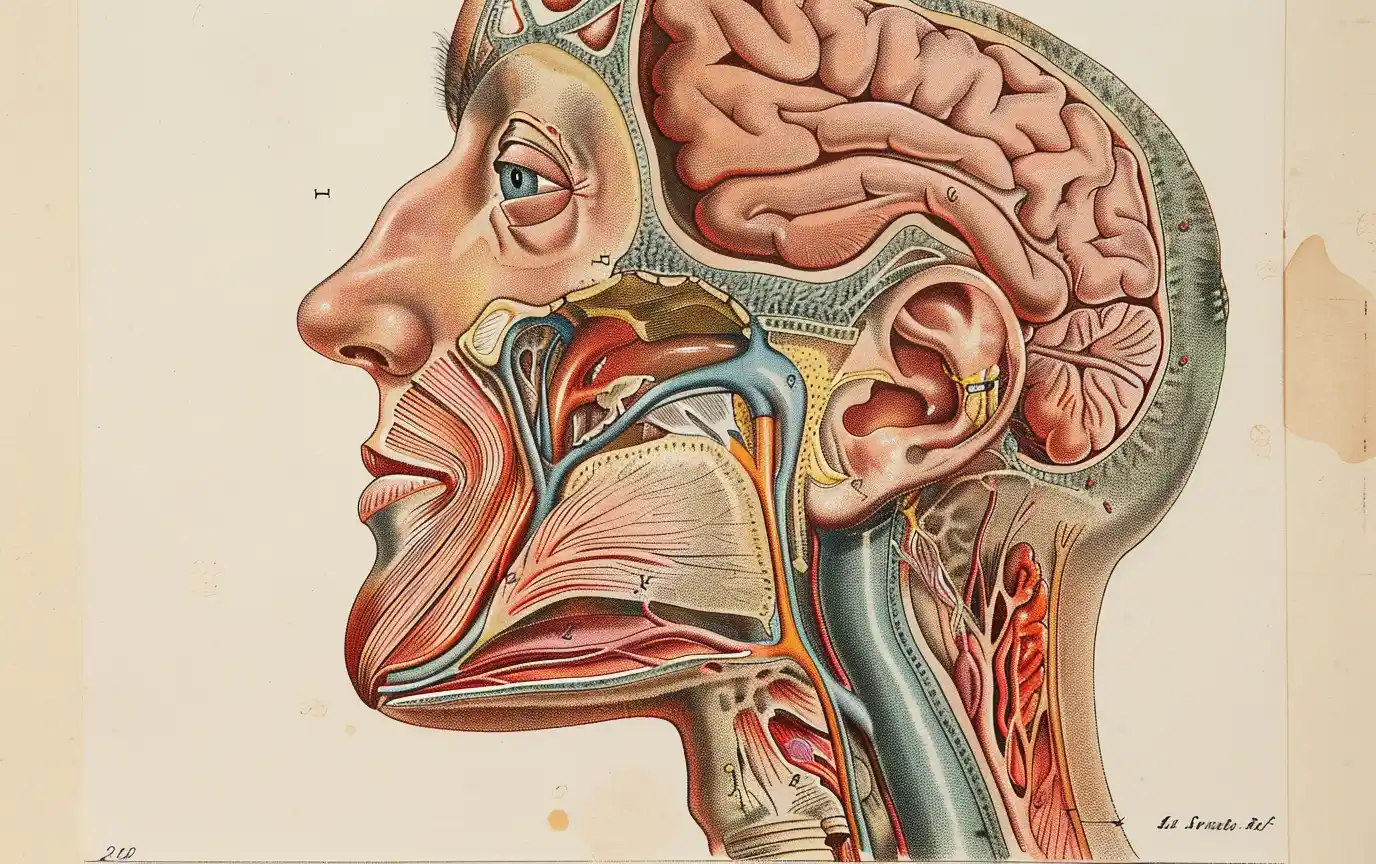
Symptoms and Signs of Salivary Stones
Painful Swelling and Decreased Saliva Flow
The most common symptom of salivary stones is painful swelling in the affected salivary gland, typically the submandibular or parotid gland.
This swelling may be intermittent or persistent and can worsen during mealtimes when saliva production is stimulated.
As the stone blocks the flow of saliva, patients may experience a decrease in saliva output from the affected gland, leading to dry mouth (xerostomia) on the corresponding side.
Salivary Colic: Intense Pain During Eating
Salivary colic is a characteristic symptom of salivary stone disease, characterized by sudden, intense pain in the affected gland during eating.
This pain occurs when the salivary gland contracts to release saliva, but the stone obstructs the duct, causing a backup of saliva and increased pressure within the gland.
The pain may be sharp, stabbing, or throbbing and can last for several minutes to a few hours after eating.
Complications of Untreated Salivary Stone Disease
If left untreated, salivary stone disease can lead to various complications.
Chronic obstruction of the salivary duct can cause recurrent infections (sialadenitis), as bacteria accumulate behind the stone. This can result in fever, pus discharge, and abscess formation.
In severe cases, the affected salivary gland may become permanently damaged, leading to reduced function or complete loss of saliva production from that gland.
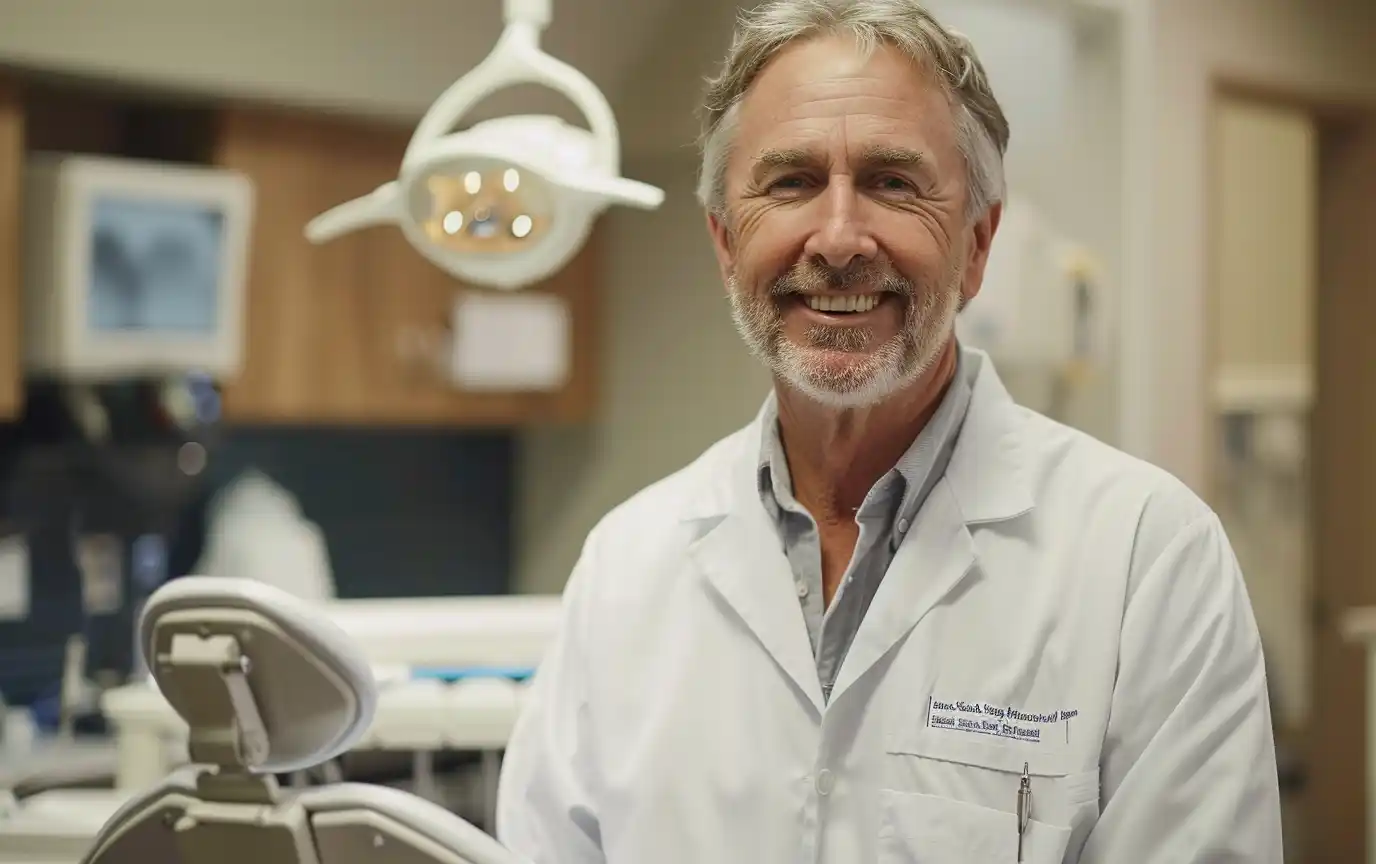
Diagnosing Salivary Stone Disease (Sialolithiasis)
Physical Examination by Dental and Maxillofacial Specialists
The diagnosis of salivary stone disease typically begins with a thorough physical examination by a dental or maxillofacial specialist.
The healthcare provider will palpate the affected salivary gland and duct to assess for swelling, tenderness, and the presence of a palpable stone.
They may also examine the inside of the mouth to look for signs of inflammation or obstruction at the duct opening.
Imaging Tests: X-rays, Sialomography, Ultrasound, and Doppler
Various imaging tests can be used to confirm the presence and location of salivary stones.
Plain x-rays can detect stones that are calcified and large enough to be visible. Sialomography, a specialized x-ray technique that involves injecting contrast dye into the salivary duct, can provide detailed images of the duct system and reveal any obstructions.
Ultrasound and Doppler imaging are non-invasive methods that can visualize stones and assess blood flow within the salivary glands.
Laboratory Studies: Cytology, Microbiology, and Immunology
In some cases, laboratory studies may be performed to rule out other conditions or to guide treatment decisions.
Cytology, which involves examining cells from saliva or a fine needle aspiration of the gland, can help to exclude the presence of malignancy.
Microbiological studies, such as bacterial cultures, can identify any underlying infections that may require antibiotic treatment.
Immunological tests may be considered if an autoimmune disorder, such as Sjögren’s syndrome, is suspected as a contributing factor to salivary gland dysfunction.
Treatment Options for Salivary Stones
Home Remedies for Salivary Stones in Early Stages
In the early stages of salivary stone formation, some home remedies may help dislodge the stone and alleviate symptoms.
- Increasing saliva production by staying well-hydrated and drinking plenty of water (2-2.5 liters per day) can help flush out the salivary ducts.
- Sucking on sugar-free, hard, sour candies like lemon drops or wedges of citrus fruits may stimulate saliva flow and help dislodge small stones.
- Gently massaging the affected salivary gland can sometimes break up the stone and relieve pain.
- Applying moist heat to the area may reduce irritation and aid in stone removal.
While these home remedies can provide relief for smaller stones, it’s important to seek medical attention if symptoms persist or worsen, as larger stones often require surgical intervention.
Surgical Removal of Stones or Salivary Glands
Surgical intervention is often necessary for the treatment of salivary stones, particularly for larger stones or those that cause recurrent symptoms.
The most common surgical procedures include sialolithotomy, which involves making an incision in the duct to remove the stone, and sialoadenectomy, which involves removing the affected salivary gland entirely.
These procedures are typically performed under local or general anesthesia, depending on the location and complexity of the case.
Sialolithotripsy: Crushing Stones with Minilithotripter
Sialolithotripsy is a minimally invasive technique that uses a small lithotripter device to crush salivary stones into smaller fragments that can be expelled naturally through the duct.
This procedure is performed under local anesthesia and is guided by ultrasound or endoscopic imaging.
Sialolithotripsy is most effective for stones located in the submandibular gland or its duct, as these areas are more accessible than the parotid gland.
Importance of Timely Recognition and Treatment
Prompt recognition and treatment of salivary stone disease are essential to prevent complications and preserve salivary gland function.
Patients experiencing symptoms suggestive of salivary stones should seek evaluation by a dental or maxillofacial specialist.
Early intervention can help to alleviate pain, prevent recurrent infections, and minimize the risk of permanent gland damage. In some cases, conservative measures such as hydration, massage, and sialogogues (medications that stimulate saliva flow) may be sufficient to promote the passage of small stones.
However, larger or persistent stones often require surgical or minimally invasive treatment for definitive management.
Preventing Salivary Stone Formation
Maintaining Good Oral Hygiene
Maintaining good oral hygiene is crucial for preventing salivary stone formation and promoting overall oral health. Patients should brush their teeth at least twice daily with a fluoride toothpaste and floss regularly to remove plaque and food debris.
The use of an antiseptic mouthwash can help to reduce bacterial growth and minimize the risk of infection.
Regular dental check-ups and professional cleanings are also important for identifying and addressing any oral health issues that may contribute to salivary gland dysfunction.
Staying Hydrated and Stimulating Saliva Flow
Adequate hydration is essential for maintaining healthy saliva flow and preventing the concentration of minerals that can lead to stone formation.
Patients should aim to drink at least 8 glasses of water per day, and more if they engage in physical activity or live in hot, dry climates.
Chewing sugar-free gum or sucking on sugar-free candies can help to stimulate saliva production and promote the natural flushing of the salivary ducts.
Additionally, avoiding excessive consumption of caffeine and alcohol, which can be dehydrating, may help to reduce the risk of salivary stone development.
Regular Dental Check-ups and Early Intervention
Regular dental check-ups play a vital role in the early detection and prevention of salivary stone disease.
During routine examinations, dental professionals can assess the health of the salivary glands and identify any signs of dysfunction or obstruction. If symptoms suggestive of salivary stones are present, early intervention can help to prevent the progression of the condition and minimize the risk of complications.
Patients should inform their dental provider of any unusual symptoms, such as persistent dry mouth, swelling, or pain in the salivary glands, to ensure prompt evaluation and appropriate management.



